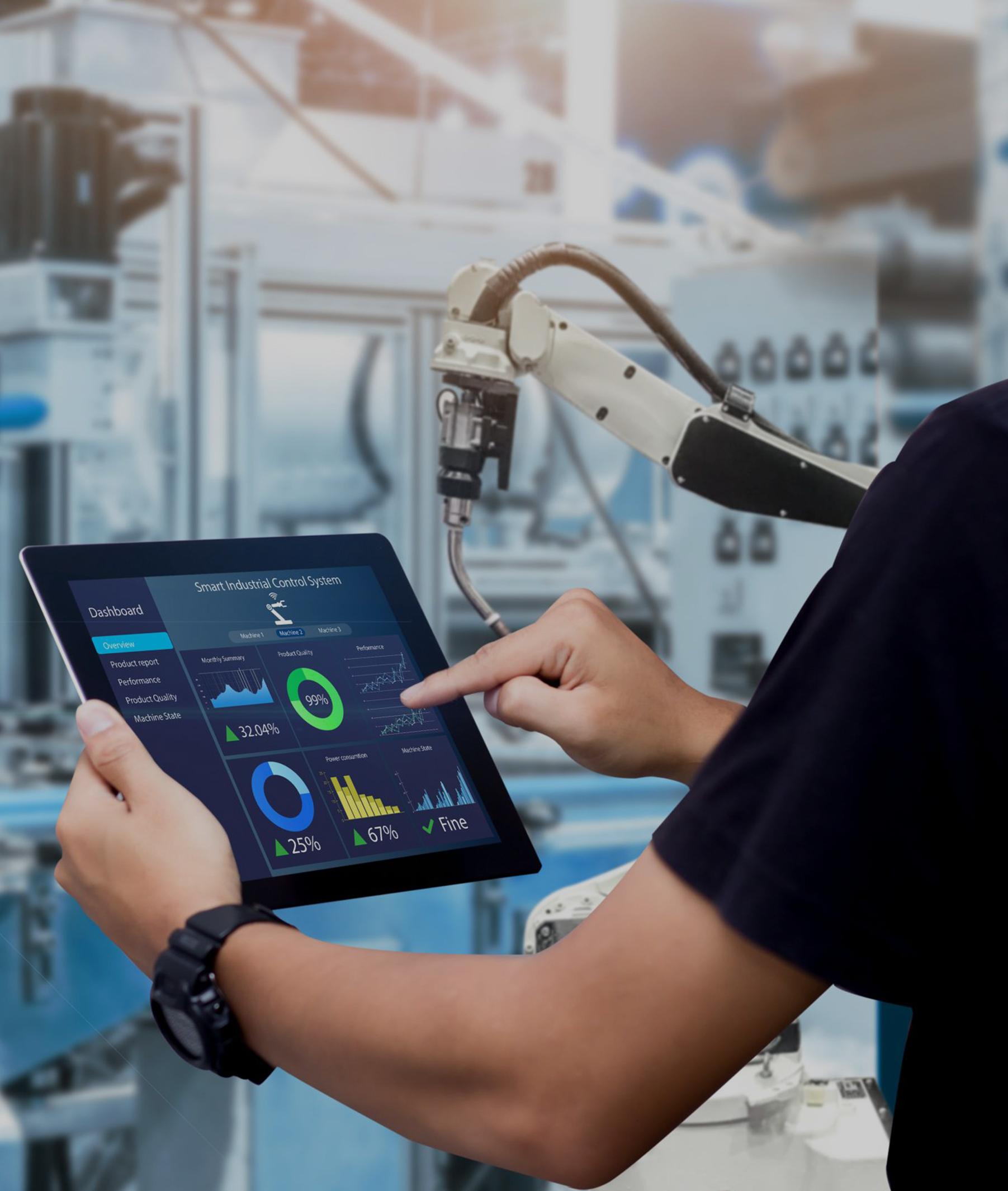
 |
Same Day Shipping for Stock Items |
|
DHL / Fedex / UPS / Aramex |
|
|
Professional one-on-one service |
|
100% brand new and original |
|
The YOKOGAWA ASS9981DE-02 Baseplate Unit is a critical component used in Yokogawa's control systems. |
|||
Picture/Video
Get Products pictures or Video for Inspection
|
Specification |
Product Image |
|
|
Brand Name |
YOKOGAWA |
|
|
Model Number |
ASS9981DE-02 |
|
|
Alternate Part Number |
ASS9981DE |
|
|
Condition |
100% Original |
|
|
Quality |
Brand New |
|
|
Dimensions |
2x17.9x12.5cm |
|
|
Description |
Baseplate unit |
|
|
Package |
Original Package |
|
|
Lead time |
In Stock |
|
|
Shipping term |
UPS DHL TNT EMS Fedex |
|
|
Payment |
T/T (Bank Transfer) |
|
|
Service |
One-Stop Service |
|
|
Weight |
0.16kg |
|
|
Warranty |
12 Months |
|
The YOKOGAWA ASS9981DE-02 Baseplate Unit is a critical component used in Yokogawa's control systems. It serves as the foundational mounting and connection platform for various modules and components within the system.
YOKOGAWA ASS9981DE-02 Baseplate Unit
Overview:
The ASS9981DE-02 is designed to provide a secure and organized base for mounting and connecting other system components, such as I/O modules, power supplies, and communication modules. It ensures proper alignment and connectivity within Yokogawa’s control system framework.
Key Features:
Mounting Platform: Provides a stable and secure mounting surface for various control system modules.
Connection Points: Includes connection points for integrating different modules and components.
Modular Design: Supports a modular approach, allowing for easy expansion and reconfiguration of the control system.
Compatibility: Designed to be compatible with Yokogawa's control system architecture, such as the CENTUM VP or other related systems
Specifications:
Mounting Type: Typically designed for DIN rail or similar standard mounting systems.
Dimensions: Specific dimensions are designed to fit within standard control panel configurations; refer to detailed documentation for exact sizes.
Material: Constructed from durable materials to withstand industrial environments.
Operating Temperature Range: Generally operates within standard industrial temperature ranges, such as 0°C to 60°C.
Applications:
Control System Assembly: Used as a base for assembling and connecting various modules in control panels or racks.
System Integration: Facilitates the integration of different components within Yokogawa’s control systems.
Industrial Automation: Supports the organization and connectivity of automation system components.
Ordering Information:
Model Number: ASS9981DE-02
Part Number: Check Yokogawa’s catalog or documentation for specific part numbers and ordering details.
NOTE:
1. The products quoted are brand new and original with a one-year warranty
2. Prices are ex works, for shipping calculations, Please send to my Email
3. Cooperation with the express delivery of DHL / Fedex / UPS / Aramex, etc,Delivery time is approximately '' 5 days '' from our warehouse to the destination country
4. Quotation validity: 30 days, if you need to extend, please reconfirm the price after 30 days.
5. Payment Term: 100% advance payment by bank transfer.
6. For the products '' in stock '' in the offer, our company can support video inspection
|
IC660BBR100 Relay output block |
SB1381-C-E-R-A Universal Motion Control Module |
|
DS200TCDAG1BFD DS215TCDAG1BZZ01A Digital I/O Board |
HSSI-I016 ACS Control Module |
|
VMIVME-2540-200 Intelligent Counter/Controller |
ADEPT AWCII 040 Processor Module |
|
IC600BF843 Analog Input Card |
10338-53100 Amplifier Module |
|
DS200ADGIH1AAA Auxiliary Interface Board |
R6244 DC Voltage Current Source/Monitor |
|
IC693ACC302B Auxiliary battery module |
BLF-022828 ACC-BOARD Performance Board |
|
DS200TCQCG1BKG Analog IO Expander Board |
DEP 085.2 029.130067 29.211166 PLC Board |
|
IC693BEM321 Series I/O Link Master Module |
29.211166 029.211166/05 PLC Board |
|
DS200UPSAG1AFD UC2000 Power Supply Board |
DPM-200 DP Master Module |
|
IC693CMM321 Ethernet interface module |
EPC50 3183045463 OP BOARD |
|
IC697ALG230 Analog Input Base Converter Module |
80026-044-06-R Switching Power Supply |
|
IS200TGENH1A Terminal Board |
1756-OF6VI Analog Output Module |
|
IC695CPE310 IC695ACC400 IC695CBL001A Central Processing Unit |
1770-KF2 Communication interface module |
|
IC697MDL940 Discrete Relay Output Module |
2098-DSD-HV150-SE Digital Servo Drive |
|
8601-FT-NI FIELD TERMINAL |
1394-SR9A EXTERNAL SHUNT MODULE |
|
IC200PNS001 VersaMax Profinet Scanner Module |
1756-TBCH 36Pin Screw Clamp Block |
|
IC697MEM715 MEMORY MODULE |
1762-L24BXB Programmable Logic Controller |
|
DS200TBPAG1ACC TERMINATION BOARD |
1775-S4A PLC-3 Communication Adapter Module |
|
IS215GFOIH1A IS215GFOIH1AB IS200GFOIH1A Mark VI Circuit Board |
1336-BDB-SP17C 74101-482-51 PCB Board |
|
369-HI-R-M-0-0 PROTECTION RELAY |
1734-OE2CK POINT I/O 2 Point Analog Output Module |
Our hours